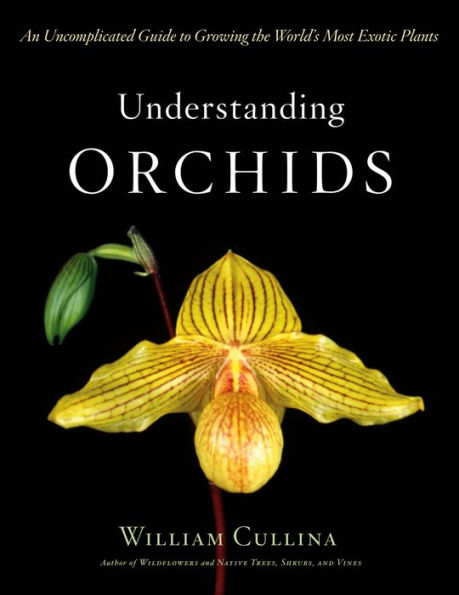Read an Excerpt
Introduction
Learning to grow orchids and understand their idiosyncrasies is a true journey.
The sheer number of orchid species—estimates range from 25,000 to 35,000 worldwide, not to mention some 40,000 hybrids—means there will always be new plants to explore, new friends to make.
You could start acquiring an orchid a day when you were twenty and still not have grown them all when you turned eighty! No other family of plants offers us inquisitive humans such overwhelming diversity.
Orchids are a world unto themselves, and I think the almost limitless potential for discovery is one key to their phenomenal popularity. Even after twenty years of growing orchids, whenever I see a new one or a particularly well grown specimen, I still get that spine-tingling, toe-tickling feeling of WOW that hooked me in the beginning.
If you are just starting out with orchids, you are in for quite an adventure.
How to Use This Book
My goal is to lead you on that adventure, and because I am writing for orchid lovers at every level of expertise, from absolute beginner to experienced grower to expert, you may find that some parts of the book are not pertinent at this time.
Here’s how the text is organized.
Part One contains all of the information you’ll need to choose a place where your plants will grow well, whether on a windowsill, under lights, in a greenhouse, or outdoors. Here you’ll learn about light, temperature, and humidity, the basics of good orchid culture. I have tried whenever possible to explain concepts in a straightforward way in plain English.
However, I recommend that you become familiar with some of the terms listed in the glossary, which are in bold type the first time they’re used in the text.
After a while, the meaning of words like “pseudobulb” and “velamen” and “footcandle” will become second nature to you.
Part Two, “Care and Feeding,” delves into the topics of watering, potting, fertilizing, and dealing with pests and diseases, as well as troubleshooting when your plants have problems.
All of this information will help you keep your orchids thriving for years to come.
Part Three, “Orchid Reproduction,” covers more specialized topics. Although you don’t have to understand the mechanics of evolution, pollination, and hybridization to grow orchids, these chapters give you more background and context about this amazing family.
Part Four focuses on one hundred of the most commonly grown groups (genera) of tropical orchids, covering in detail the general cultural advice given in Parts One and Two. From Angraecum to Zygopetalum, this section describes each genus, explains which species are easiest for beginners, and includes anecdotes and growing hints that will help you decide which orchids are right for you.
The appendixes at the back of the book contain useful information about botanical terminology, orchid resources on the Web and orchid organizations, and awards. There is also a glossary of terms and a list of books for further reference.
This book is based largely on my own experience, along with that of people who, in person or in print, have been my mentors over the years. I cringe to think about it, but I always learn as much from my mistakes as from my successes. I truly hate to kill an orchid, partly because each one is so darned expensive, but mostly because I probably could have saved it had I known a bit more.With that in mind, I offer here what I have learned, in the hope that you will be able to learn from my mistakes as well as my successes.
No doubt some people will take exception to my advice, for there is more than one way to pot an orchid. Take my words as a guide or a starting point, but, most of all, be observant, patient, and caring, and the orchids will teach you well. Of course I am biased, but I think you will find that there is no more magical, fascinating, and only occasionally frustrating family of plants than the Orchidaceae. I raise my watering can to you and offer this toast: “May your roots be long, your pseudobulbs fat, and your flowers all the colors of the rainbow.”
Copyright © 2004 by William Cullina.
Reprinted by permission of Houghton Mifflin Company.



